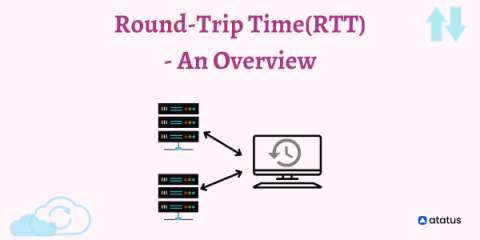A Layman's Guide To HTTP/2
HTTP stands for Hypertext Transfer Protocol and is the backbone of the World Wide Web. HTTP/2 is the second major version of the HTTP protocol, which offers a performance improvement over its prototype. The new protocol has been in development for a long time, with the first draft published in 2012 and it was finalized in 2015. In recent times, HTTP is the obligation that boards almost all of the networks.











